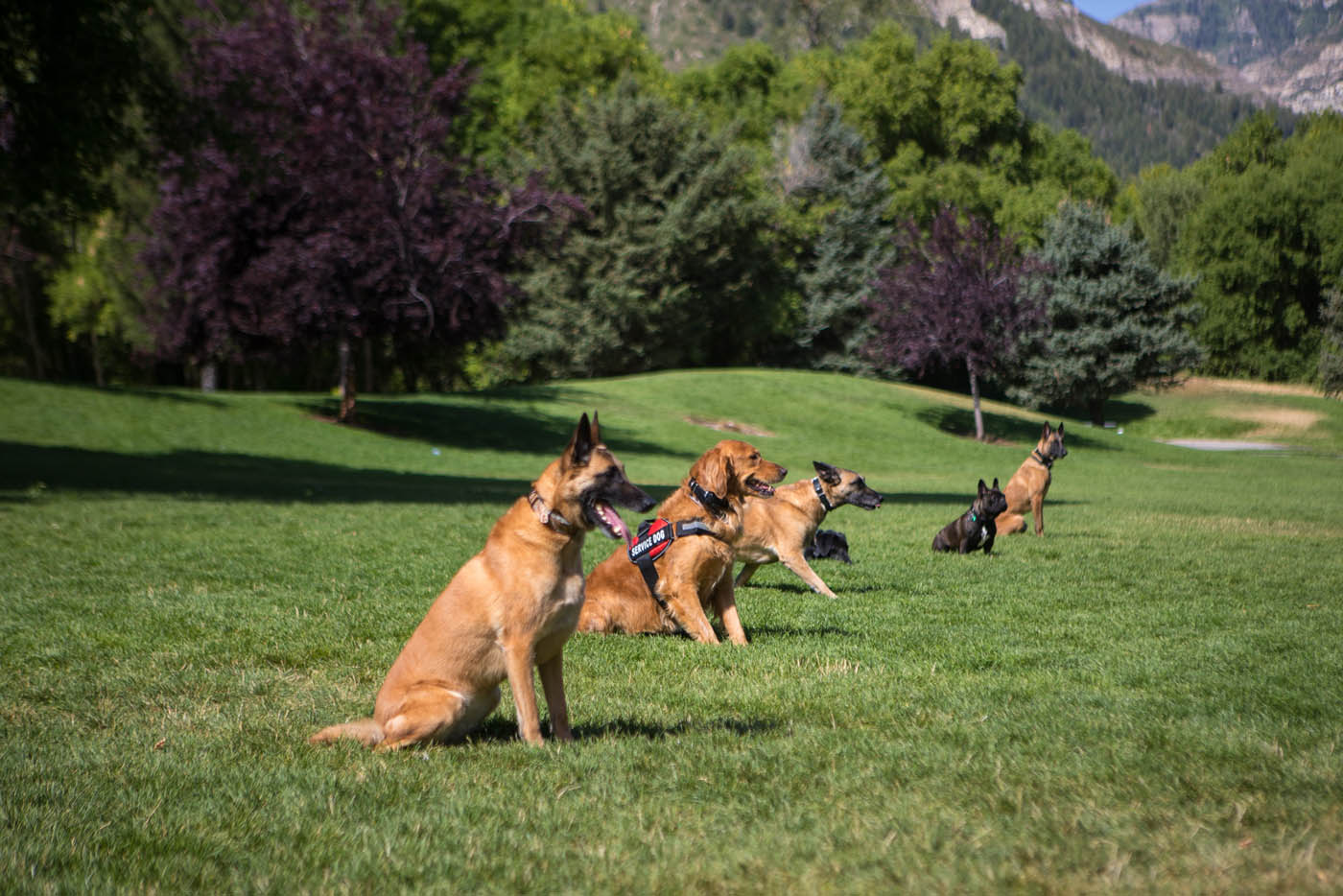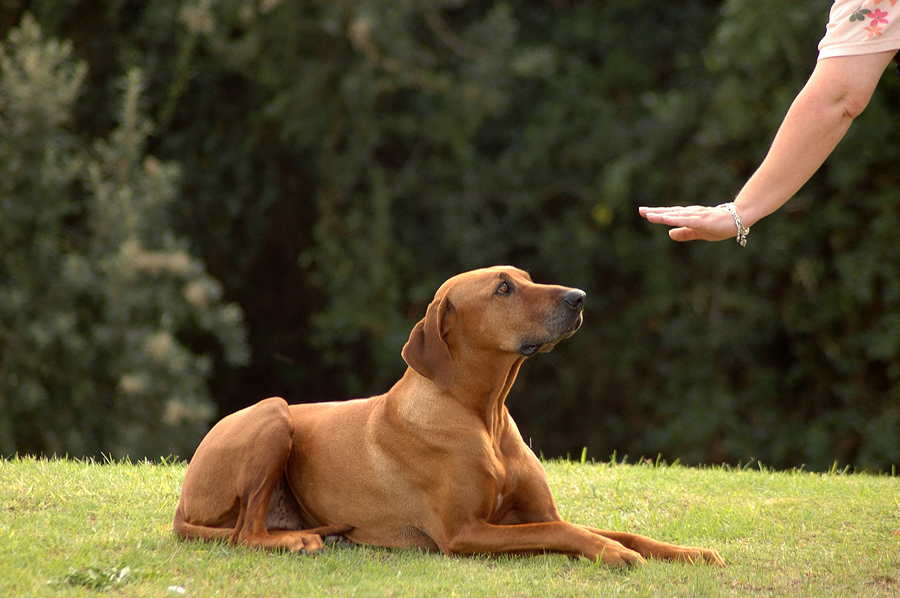Top Strategies for Effective Dog Training Techniques Every Pet Owner Should Know
Top Strategies for Effective Dog Training Techniques Every Pet Owner Should Know
Blog Article
Novice's Guide to Successful Pet Dog Training at Home
Efficiently training a canine in the house calls for a nuanced understanding of canine habits and efficient communication strategies. Establishing clear training objectives, making use of premium rewards, and preserving consistency across household members are vital aspects. Integrating training right into day-to-day regimens can improve both interaction and retention. However, several beginner trainers experience difficulties that may prevent progression. To navigate these intricacies effectively, it's crucial to explore a number of crucial aspects that can transform your strategy and result in a harmonious partnership with your pet dog. What essential principles should every beginner grasp to make sure success?
Comprehending Canine Habits
Comprehending canine habits is essential for effective training and promoting an unified relationship between human beings and their canine buddies. Pets communicate largely via body movement, articulations, and facial expressions, making it essential for proprietors to translate these signals properly. Recognizing habits such as tail wagging, growling, or shrinking can provide understandings into a canine's psychological state and intents.

Usual behavioral problems, such as aggressiveness, anxiety, or extreme barking, often come from misconceptions or unmet requirements. Observing and resolving these concerns quickly can stop rise and ensure a positive training experience. By promoting a deep understanding of pet dog actions, proprietors can customize their training methods to suit their canine buddies, eventually leading to a well-behaved and satisfied pet.
Important Training Tools
A well-appointed training room can significantly improve the performance of pet training at home. Crucial training devices guarantee that both the canine and the trainer can participate in productive sessions that foster learning and bonding.

Investing in a strong chain and a comfy, well-fitting collar or harness is vital for security and control. These tools help develop limits and make sure the canine stays protected throughout training. Furthermore, an assigned training location, complimentary from interruptions, aids concentration for both the pet and the trainer.
Educating aids such as training pads, cones, or dexterity equipment can additionally enhance the experience by presenting variety and obstacles. Having a note pad or electronic app for tracking development can be invaluable, enabling you to keep in mind successes and locations for improvement. Using these essential tools will certainly develop a favorable training atmosphere and lay the structure for reliable learning.
Creating a Training Regimen
Developing a regular training routine is important for effective pet dog training in the house. A well-structured routine not only assists in enhancing wanted behaviors but also offers your pet dog with a complacency and predictability. To produce an efficient training regular, start by recognizing particular training objectives, such as standard commands, chain strolling, or house-training.
Pick a designated time each day for training sessions, ideally when your dog is responsive and sharp. Procedure needs to be brief, about 5 to 15 mins, to keep emphasis and stop exhaustion. Consistency in timing and environment will improve your pet's discovering experience.
Incorporate training into daily activities to reinforce abilities. For instance, technique commands during walks or mealtime, which incorporates finding out right into all-natural routines. Furthermore, remain flexible and readjust the regular as required, accommodating your pet's energy degrees and mood.
Positive Support Methods
Positive support methods are fundamental to reliable pet dog training, promoting wanted habits through incentives as opposed to penalty. This approach uses positive stimulations, such as treats, praise, or play, to motivate pet dogs to repeat certain actions. The keystone of this method is timing; rewards must be given quickly following the wanted behavior to develop a clear organization.
When applying positive reinforcement, it is vital to select incentives that are motivating for your pet dog. High-value treats, such as small pieces of hen or cheese, can be especially reliable during training sessions. Furthermore, differing the benefits can keep your canine's passion and interest.
Begin with simple commands, like "sit" or "remain," and progressively progress to much more complex my company tasks. Uniformity is view website key; make sure that all relative use the exact same commands and reward systems to avoid confusion.
Furthermore, it is vital to stay person and avoid stress. Dogs, like people, find out at their very own pace. By promoting an encouraging training setting through positive reinforcement, you can boost your pet's knowing experience while enhancing the bond in between you and your hairy companion, preparing for successful training results.
Typical Training Difficulties
While educating a pet in the house can be a satisfying experience, it usually features a collection of common challenges that can test both patience and uniformity. One widespread issue is disturbance. Dogs might come to be easily sidetracked by sounds, activities, or even scents in their environment, making it difficult to maintain their focus throughout training sessions.
An additional challenge is variance in commands and support. It can impede and perplex the pet dog progression if household members use various signs or see here now incentives. Developing a unified method is necessary for efficient communication.
Additionally, dogs can experience aggravation or anxiety, specifically if they do not recognize what is expected of them. This can lead to unwanted habits, such as eating or barking.
Ultimately, the timing of reinforcement is essential (Dog training). Delayed benefits can diminish the effectiveness of favorable support, as canines may fail to link the behavior with the reward
Getting over these difficulties requires dedication, clear communication, and an organized training plan. Acknowledging and dealing with these usual challenges will pave the method for an extra satisfying and successful training experience at home.
Final Thought
In final thought, effective dog training at home necessitates an extensive understanding of canine habits and effective communication approaches. By developing clear training objectives and making use of high-quality treats together with favorable support, the training procedure becomes much more gratifying for both the canine and the instructor.
Developing a constant training regimen is essential for effective canine training at home.Positive reinforcement methods are essential to efficient canine training, advertising preferred habits through rewards instead than punishment (Dog training). By promoting a supportive training environment via favorable support, you can improve your canine's knowing experience while strengthening the bond between you and your hairy companion, laying the foundation for successful training results
In final thought, successful canine training at home requires a comprehensive understanding of canine actions and efficient communication strategies. By establishing clear training objectives and using top quality deals with together with favorable reinforcement, the training process comes to be a lot more satisfying for both the pet dog and the trainer.
Report this page